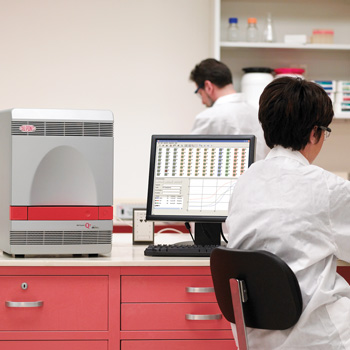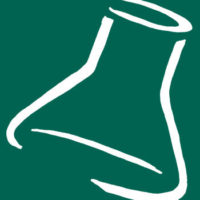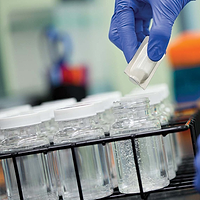Each year, outbreaks of foodborne illness attributed to Salmonella and E. coli O157:H7 sicken thousands of people and cause some—typically the very young, the elderly or those with compromised immune systems—to suffer permanent damage or even death. It takes just a low infectious dose of either of these pathogens to be fatal.
Traditionally, Salmonella outbreaks have been associated primarily with poultry, and E. coli O157:H7 outbreaks typically have been linked to ground beef or beef trim. Recently, however, an increasing number of these outbreaks have been attributed to contaminated fresh produce, including lettuce and spinach. Beef has also been the source of some recent Salmonella outbreaks.
Gathering the Data
In response to this growing trend, DuPont Qualicon began looking at methods that would help testing labs increase their productivity. Studies were conducted according to AOAC methods by company researchers and independent labs to determine whether food companies might be able to test for more than one pathogen from the same enriched food sample.
An important aspect of the studies was to investigate whether the BAX® System MP enrichment media—originally developed to nurture the growth of E. coli O157:H7 in raw ground beef and trim—could also be an effective enrichment for fresh produce. Beyond that, the researchers explored the ability of this MP media to nurture the growth of Salmonella in the same food types.
Studies Prove Effectiveness
Method comparison studies conducted on lettuce and spinach inoculated with low-level spikes of E. coli O157:H7 showed that the 8- to 24-hour enrichment in MP media that is used for ground beef was also effective for detecting the target organism in produce. Results were consistent with or better than reference culture methods.
Similar studies on ground beef, trim, lettuce and spinach inoculated with low-level spikes of Salmonella had equally impressive results. The same 8- to 24-hour MP enrichment protocol that is used for E. coli O157:H7 in these food types worked equally well for Salmonella detection, with comparable performance to standard culture methods.
As a result of these studies, AOAC Research Institute extended the certification on the Performance Tested BAX® System method for detecting E. coli O157:H7 MP (#050501) beyond beef and trim to include lettuce and spinach. They also approved a major modification to the method for detecting Salmonella (#100201) to allow the use of MP enrichment media for the same food types.
Advantages of Dual Testing from a Single Enrichment
The ability to perform dual testing from a single enrichment is great news for laboratory managers who are looking for ways to improve the bottom line. That’s because using a single, 8-hour enrichment media to test for Salmonella and E. coli O157:H7 can save both time and money.
Inventory and storage requirements are reduced when the same enrichment media can be used to test for two different pathogens. Also, less incubator space is needed and waste streams are smaller. What’s more, hands-on labor is reduced because only one enrichment needs to be prepared for both Salmonella and E. coli O157:H7 testing.
Additionally, if a lab is working only one shift per day, samples enriched with the BAX® System MP media can be held for up to 24 hours before testing, giving users the ultimate in versatility.
Accurate, reliable assays for detecting both Salmonella and E. coli O157:H7 in a variety of food types using a single 8-hour enrichment media is one more example of how DuPont Qualicon is working to help protect the global food supply while increasing productivity and reducing costs for food testing labs.
www.qualicon.com
Dual Testing for Salmonella and E. coli O157:H7 from a Single Enrichment




